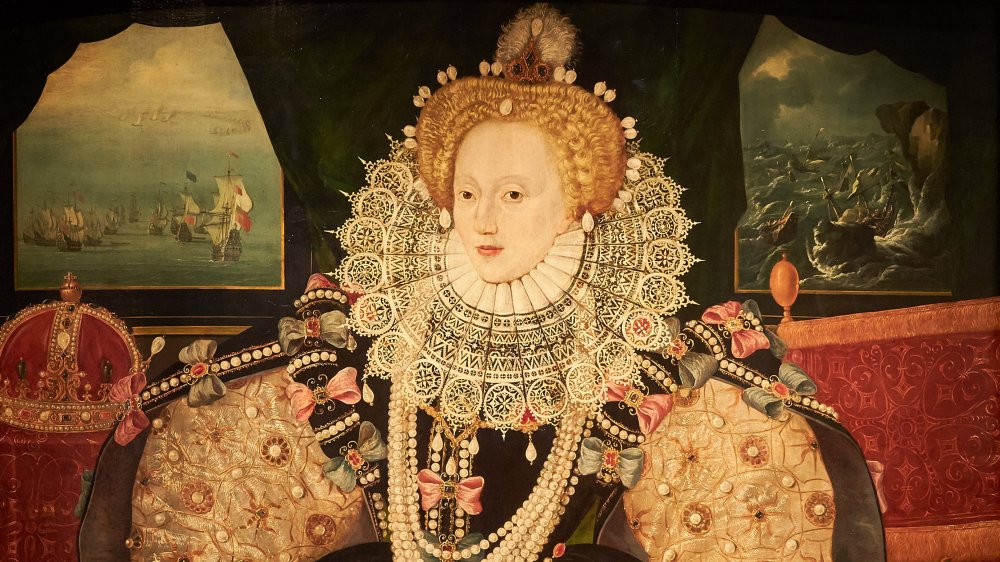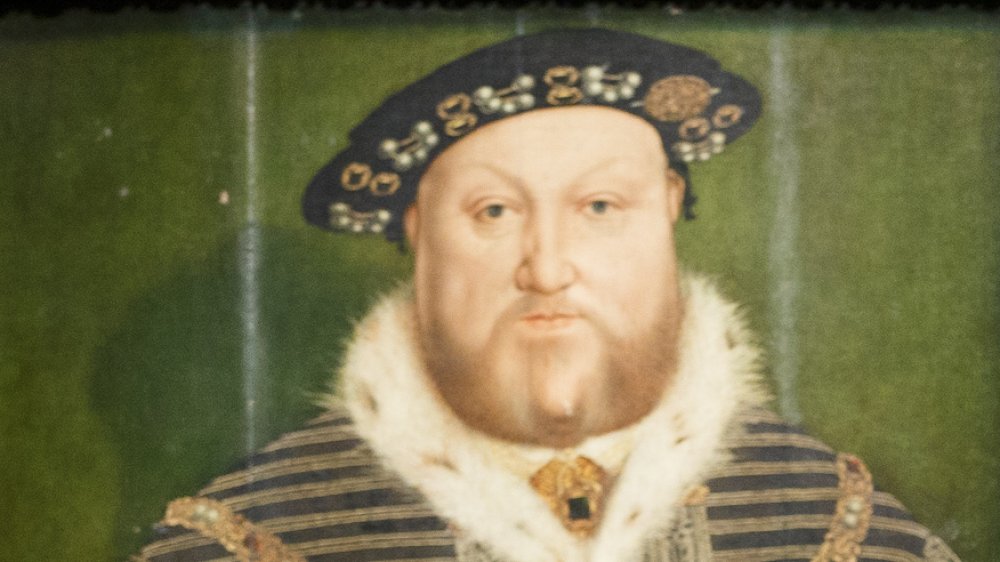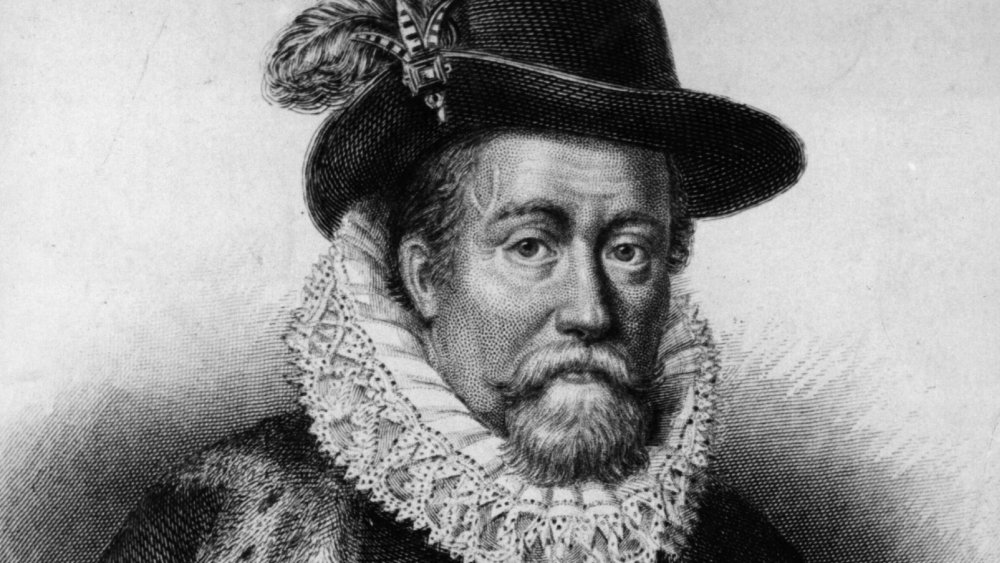The Truth About Queen Elizabeth I's Successor
As the UK's Royal website tells us, Elizabeth I had the extremely mixed blessing of being born of the House of Tudor, the reigning royal family of England, which began with Henry VII in 1485. Royalty being what it is, and national elections being what they weren't, succession was always an issue. The English preferred male heirs on the throne, and Elizabeth's father, King Henry VIII, had ... issues.
Henry already had one child, Mary, born of the first of his six wives, Catherine of Aragon — but not a boy. Elizabeth was born to Henry and second wife Anne Boleyn, but when Anne failed to give him a male heir the marriage was annulled and Elizabeth — also not a boy — was declared illegitimate. King Henry wife No. 3, Jane Seymour, finally had a boy, crowned Edward VI when Henry shuffled off this mortal coil in 1547 when Edward was all of 10. Edward didn't live long enough to really enjoy the job; he died after just three-and-a-half years in the highest high chair in the land. He stipulated that the crown should go to Lady Jane Grey, a first cousin once removed, but others with a say in the matter disagreed and she was deposed and executed after just nine days. Taking her place was Edward's older sister, Mary (the real Bloody Mary), for five years. And then, finally, Elizabeth, the Virgin Queen, Gloriana, etc.
Like Dad said: family first, mostly
Quite a twisting path to power, eh? The "Virgin Queen" part is important, because Elizabeth decided that her real spouse was England and its citizens were her children. No marriage and therefore, in those days — especially for a woman — no children. No heir, male or otherwise. Even virgin queens die eventually. What to do, what to do.
If she wasn't going to give birth to an heir, someone had to be lined up, agrees the Tudor Times website. Elizabeth, nobody's fool, knew that if she named a successor outright, all manner of nefarious plots (some of them fatal, certainly to her) might arise. If she kept people guessing, and played along with a potential successor, she might protect not only the throne of England but her own longevity. Legally, Mary, Queen of Scots, another distant cousin, had a legitimate claim, but Elizabeth doubted Mary's ability to rule. Plus, she was Catholic, which was unacceptable to the Protestant Elizabeth. So Elizabeth had Mary executed for plotting to assassinate Elizabeth, per the History of Parliament. It was indeed a crisis, as characterized by the BBC and others.
James was both I and VI
Elizabeth's choice fell to Mary's son, James Stuart, King James VI of Scotland, a fellow descendent of Henry VII by way of Margaret Tudor, and already royal. "I will that a king succeed me and who but my kinsman the king of Scots," spoke Elizabeth, quoted by the UK's History Learning Site. Already James VI of Scotland, he was now James I of England and Ireland as well. His throne time would never be regarded at the same level as his predecessor — Elizabeth's reign is often referred to as England's Golden Age — but he had some remarkable achievements: English colonization of North America began; he was the patron of the King James Bible, a translation of Scripture into the vernacular; literature flourished, including work by William Shakespeare and Francis Bacon; and he managed to avoid being blown sky-high by the Gunpowder Plot, which should not ever be forgot. He ruled England for over 20 years, eventually suffering from arthritis and gout and excessive alcohol, and finally dying, age 58, in the midst of a particularly aggressive bout of dysentery. Even kings die eventually.


